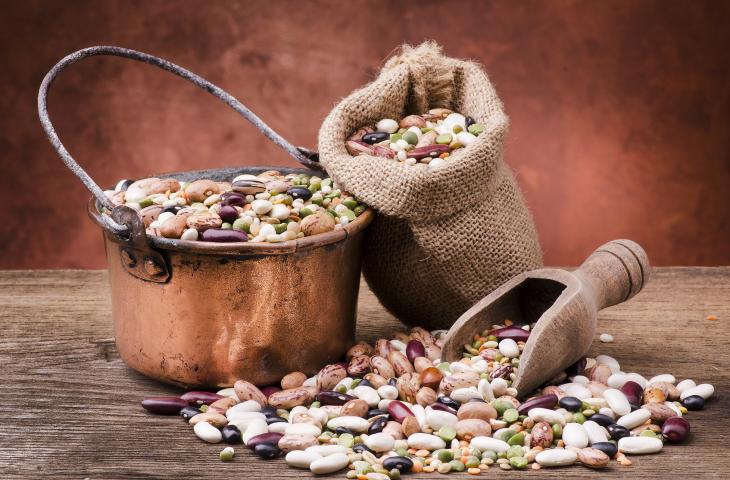MILAN - The first concrete results from the studies started in December 2013 are now available, with project Leguval (Valorisation of legume co-products and by-products for package application and energy production from biomass). The project is funded by the European Union, and it focuses on by-products of the cultivation of legumes, in order to carry out the triple function of: finding a use for agricultural waste, innovating the production of plastic and producing energy from biogas obtained from the real waste.
The project
There are 12 partners within the consortium: three firms, four research centres and another five companies, together with final users and four Member States. All focused on the promotion of by-products of grain legumes (none excluded), for the transformation of their protein fraction to raw material for the creation of food packaging, but also in cosmetics.The vegetable residues of legumes contain 6% protein, 3.5% starch, 8% fibres, 2% sugars and 21% dry residue. The remaining biomass after extraction of the protein portion is then added in the biogas production processes (produced by anaerobic digestion), and eventually it is also used in the production of energy.
Discovery of plastic films
The potential of proteins was discovered by a numerous group of scientists, who are trying how plastic films derived from it have a strong oxygen barrier action and keep a correct humidity concentration. Research within Leguval is also examining the thermal and mechanical properties of these by-products.In particular, research started on peas, beans and lentils. Researcher extracted 95% of proteins from peas, 67% from beans and 64% from lentils. The entire life cycle of these by-products will be evaluated, in order to test production on an industrial scale. This project will also give new value to the cultivation of legumes, because their waste products will become a resource, while before they could be used only as animal feed or fertiliser, in line with the concept of circular economy that Europe is trying to promote.
by Salvatore Galeone











